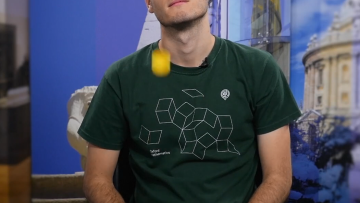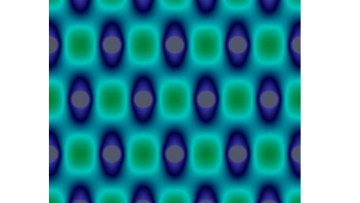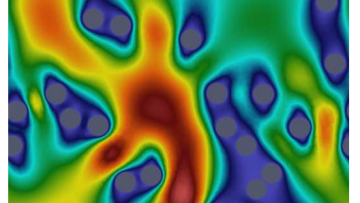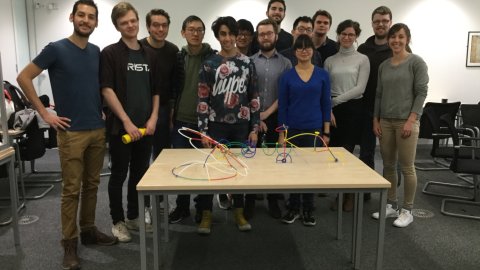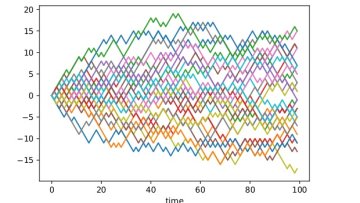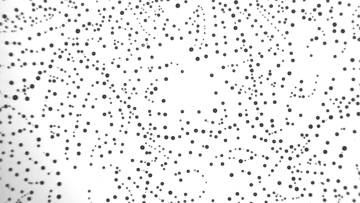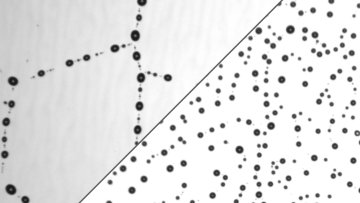Snap-through buckling is a type of instability in which an elastic object rapidly jumps from one state to another. Such instabilities are familiar from everyday life: you have probably been soaked by an umbrella flipping upwards in high winds, while snap-through is harnessed to generate fast motions in applications ranging from soft robotics to artificial heart valves.
Continuous phase spaces and the time evolution of spins: star products and spin-weighted spherical harmonics
Koczor, B
Zeier, R
Glaser, S
Journal of Physics A: Mathematical and Theoretical
volume 52
issue 5
055302
(01 Feb 2019)
PIC microcontroller based external fast analog to digital converter to acquire wide-lined solid NMR spectra by BRUKER DRX and Avance-I spectrometers.
Koczor, B
Rohonczy, J
Solid state nuclear magnetic resonance
volume 66-67
21-28
(18 Apr 2015)
An alternative solution for computer controlled tuning and matching of existing NMR probes.
Koczor, B
Sedyó, I
Rohonczy, J
Journal of magnetic resonance (San Diego, Calif. : 1997)
volume 259
179-185
(04 Oct 2015)
A novel pulse scheme for multiple quantum excitation, SFAM to enhance the sensitivity of MQMAS experiments.
Koczor, B
Rohonczy, J
Solid state nuclear magnetic resonance
volume 74-75
1-9
(22 Apr 2016)
Oxford Mathematician Ian Griffiths talks about his work with colleagues Galina Printsypar and Maria Bruna on modelling the most efficient filters for uses as diverse as blood purification and domestic vacuum cleaners.
Oxford Mathematician Harald Oberhauser talks about some of his recent research that combines insights from stochastic analysis with machine learning:
The formation of liquid drop patterns on solid surfaces is a fundamental process for both industry and nature. Now, a team of scientists including Oxford Mathematician Andreas Münch and colleagues from the Weierstrass Institute in Berlin, and the University of Saarbrücken can explain exactly how it happens.


